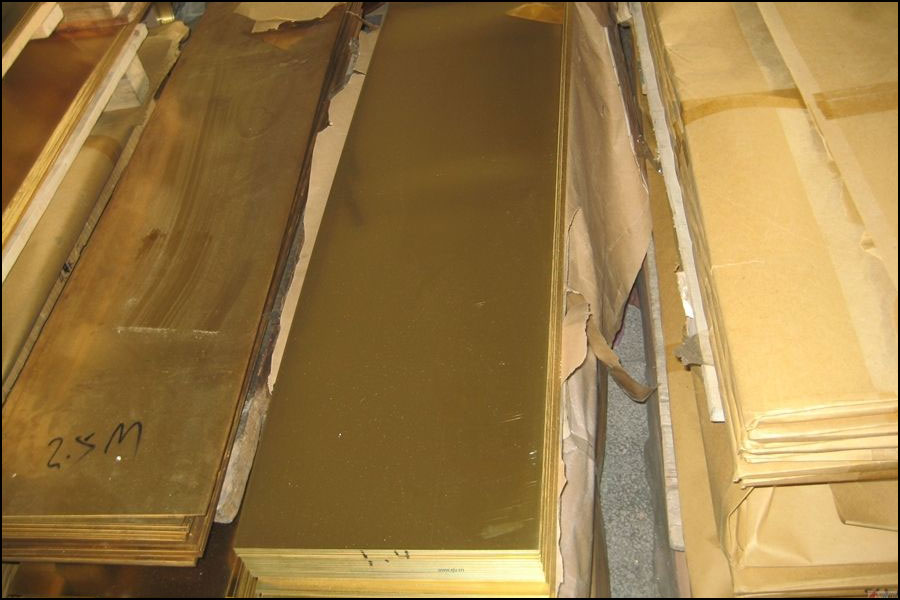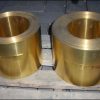
Beryllium copper is a kind of copper alloy with excellent generalization function. It has high strength, hardness, elasticity, fatigue limit and very small elastic aftereffect. At the same time, it also has excellent electrical conductivity, thermal conductivity, and wear resistance. Excellent properties such as resistance and corrosion resistance to seawater, as well as non-sparking and non-magnetic conductivity.
Therefore, beryllium copper as a high-strength elastic alloy is widely used in the aerospace instrumentation and electronics industries to make elastic components such as bellows, diaphragms, bellows, springs, and hairsprings. It is also widely used in aerospace, machinery, petroleum, and chemical industries. For structural parts, plastic molds and safety items.
The use of kneading for beryllium copper is a very traditional processing method, and due to the easy processing of beryllium copper itself, the kneading process is usually relatively smooth. However, in the production practice, due to improper process control or unexpected elements, it is inevitable that there will be problems such as kneading, surface cracking and end cracking.
This article discusses the problem of ring-shaped cracking at the end of the beryllium copper kneaded bar in the production practice, and found the root cause of the cracking.






